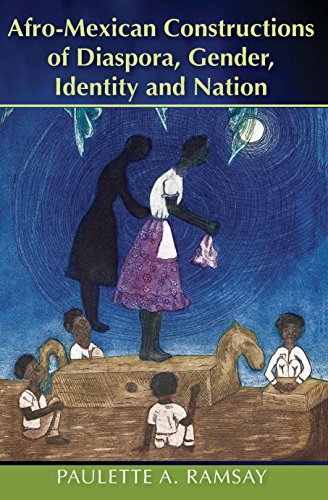The Verging Cities, PoetryPosted in Books, Caribbean/Latin America, Latino Studies, Media Archive, Mexico, Poetry, United States on 2017-01-09 02:02Z by Steven |
Center For Literary Publishing
2015
80 pages
Paperback ISBN: 978-1-885635-43-3
6.5 x 8.5 inches
- Poets and Writers Top Debut Poets 2015
- Great Lakes Colleges Association New Writers Award
- NACCS-Tejas Foco Best Poetry Book of 2015
Ninth in the Mountain West Poetry Series, edited by Stephanie G’Schwind & Donald Revell
From undocumented men named Angel, to angels falling from the sky, Natalie Scenters-Zapico’s gripping debut collection, The Verging Cities, is filled with explorations of immigration and marriage, narco-violence and femicide, and angels in the domestic sphere. Deeply rooted along the US-México border in the sister cities of El Paso, Texas, and Cd. Juárez, Chihuahua, these poems give a brave new voice to the ways in which international politics affect the individual. Composed in a variety of forms, from sonnet and epithalamium to endnotes and field notes, each poem distills violent stories of narcos, undocumented immigrants, border patrol agents, and the people who fall in love with each other and their traumas.
The border in Scenters-Zapico’s The Verging Cities exists in a visceral place where the real is (sur)real. In these poems mouths speak suspended from ceilings, numbered metal poles mark the border and lovers’ spines, and cities scream to each other at night through fences that “ooze only silt.” This bold new vision of border life between what has been named the safest city in the United States and the murder capital of the world is in deep conversation with other border poets—Benjamin Alire Saenz, Gloria Anzaldúa, Alberto Ríos, and Luis Alberto Urrea—while establishing itself as a new and haunting interpretation of the border as a verge, the beginning of one thing and the end of another in constant cycle.
Read an excerpt here.





